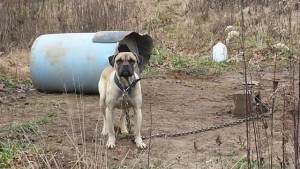
One-year-old Angel once lived in deplorable conditions in Cumberland County, Tenn., on land that was being used to train dogs for fighting.
In December 2014, A Time 4 Paws (AT4P), a non-profit animal welfare organization established in 2005, assisted the Cumberland County sheriff’s department in rescuing Angel and six other dogs that required extensive medical treatment.
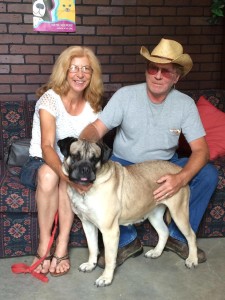
AT4P volunteers took Angel and the other dogs to veterinarians and made sure that these animals continued to heal at the group’s adoption center at 463 Old Jamestown Hwy., during the months that followed their rescue.
In the meantime, AT4P posted photos and information about these dogs on its Facebook page and national websites like PetFinder.com and AdoptAPet.com.
Rose T. said, “[My husband and I] found Angel on [the A Time 4 Paws] adoption site; we were drawn to her lovable face that just said take me home!”
Angel now lives with Rose’s family. She said, “This is the first rescue dog we’ve adopted. … Our son loves Angel. He takes her for walks, and we all play with her. My mother-in-law also interacts with her some. She was scared at first by her great size, but soon realized she’s a big baby.”
Angel found her forever family; however, many homeless animals in Cumberland County do not.
From July 2013 to June 2014, the Cumberland County animal shelter in Crossville, Tenn., processed 2,119 cats and dogs through capture or owner surrender. Shelter manager Andrea Gaskins said that 1,414 were released alive through owner reclaims, adoptions or release to rescue organizations, resulting in a 67-percent save rate.
What about the other 33 percent of animals that were killed?
Members of AT4P believe that – in partnership with local groups like theirs – the shelter could support a 99-percent save rate.
Karen McMeekin, AT4P’s founder and president, said, “Our goal is to turn the entire community and county shelter into a No Kill community – people who embrace the No Kill philosophy because it should be the only way that a community should be in the United States today, and, with that philosophy, animals lives are saved.”
Since it was founded in 2005, AT4P has expanded its physical presence in Crossville from a small boarding facility to an adoption center, a thrift store and a pet hotel.
Now, in its 10th year in Crossville, AT4P will move its adoption center to a 9½-acre mini sanctuary at 594 Cook Rd., this summer.
McMeekin, AT4P’s founder and president, said, “I started A Time 4 Paws … as an organization that was assisting the local county and city shelter.
“The Humane Society of Cumberland County was running a city shelter. … The city shelter took only city animals, and they were killing approximately 90 percent of them. The county shelter would take all of the county animals, and they were killing about 85 percent of them. And when I became a board member, … I found the number of animals being killed.”
In order to save as many shelter animals as possible, McMeekin and Teresa Williams, AT4P’s vice president transported 30 to 50 dogs every month to No Kill animal rescue groups in other states. Williams, who also manages the AT4P pet hotel said, “We learned soon after by attending Best Friends No Kill conferences and traveling to visit the places that were No Kill that transporting them out [of state] wasn’t the answer – but a temporary solution.”
What is the No Kill philosophy?
When Nathan Winograd released his book ‘Redemption: The Myth of Pet Overpopulation and the No Kill Revolution in America’ in 2007, he became an outspoken and recognizable voice of the movement.
In an interview with Janet Kinosian for Reader’s Digest magazine, Winograd said, “’When you take killing animals off the table as an option, … you’d be surprised at the creative solutions you come up with.’”
Winograd’s research in ‘We Can Do It!: Adopt Your Way Out of Killing’ debunks the long-standing ideology that municipal shelters must continue killing pets to reduce their overpopulation.
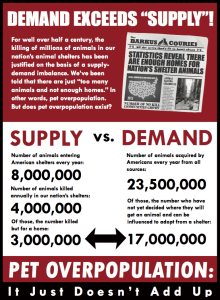
According to this guide, U.S. shelters kill an average of three million animals per year simply because they have not been re-homed. However, statistics show that 23.5 million people bring new pets into their homes every year and that 17 million have not decided where they will find their new companions.
Based on these projections, the No Kill Advocacy Center believes that “even if 80% of those people got their animal from somewhere other than a shelter, we could still zero out the killing. And many communities are proving it.” Saving90.org verified 145 No Kill shelters in the U.S. in 2014. The group also recognized 46 shelters making progress with proven save rates of 80 to 89 percent.
In Lisa Sandberg’s interview with Winograd published in The Sun magazine (Chapel Hill, N.C.) in 2013, Winograd said, “The No Kill communities across the U.S. today have little in common … , but they all share the model they used to end the killing of healthy and treatable animals. It’s a series of cost-effective programs and services that I call the ‘No Kill Equation.’ These shelters encourage high-volume adoptions. They work with volunteers, foster families, and rescuers. They treat medical and behavior problems. They neuter and release, rather than kill, feral cats. Perhaps the most important characteristic they all share is that they embrace the public rather than blame it. By reaching out to community groups, by treating each life as precious, we can transform any shelter.”
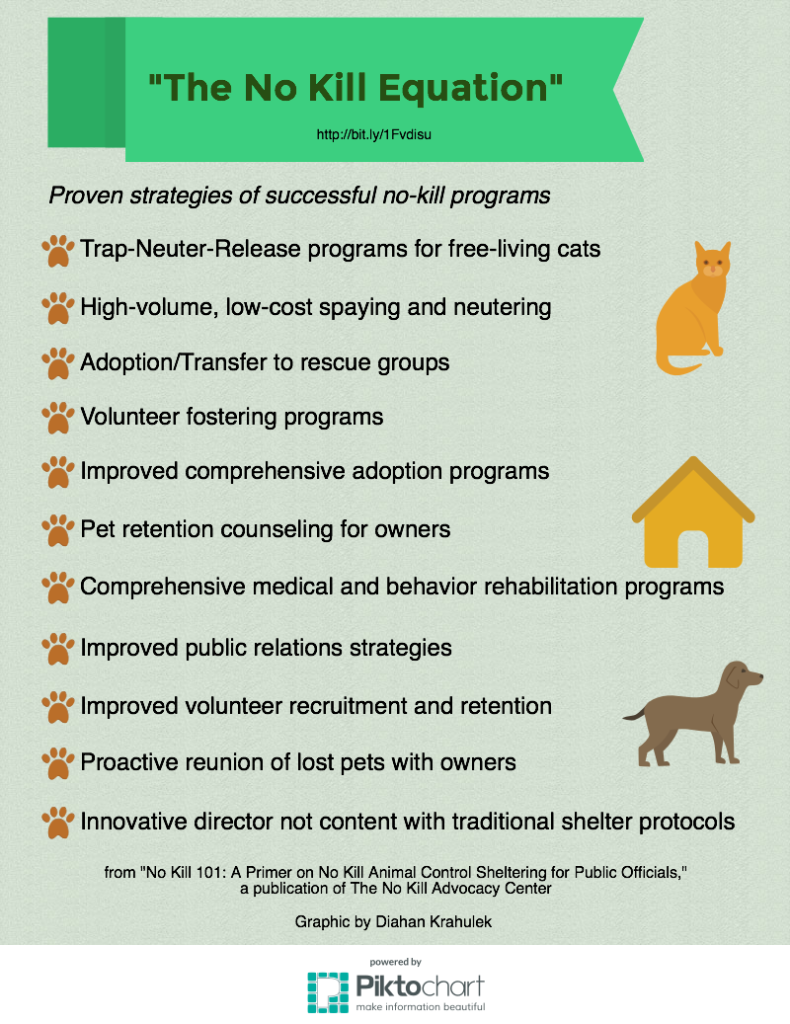 Is No Kill working in Cumberland County?
Is No Kill working in Cumberland County?
Shelter director Gaskins is familiar with Winograd’s work and the No Kill philosophy. She said, “It takes time. We’re working our way there slowly. I think [the numbers are] a huge improvement as far as where we’ve been to where we’ve come to.
“The live release on canines is 90 percent, and that’s huge for us. … Cats are our hardest thing. There are so many feral cats in this county.”
To help with decreasing the homeless animal population, the shelter recently changed policy to make sure that all animals are spayed or neutered before they are adopted. She said, “It’s a flat $80 for dogs, $50 for cats.”
Gaskins manages one full-time and three part-time employees. A handful of volunteers help walk and socialize the animals, and some take animals home that need to be in quarantine and treated. However, the shelter still needs help with animal socialization, daily cleaning and publicizing new arrivals on social media.
Gaskins said that she presented plans for a new facility to the city council this summer. She said, “A new facility opens eyes to the public, is more inviting to the public; it encourages adoptions.”
Although the city commissioners told her that funding would not be available for this year, they encouraged her to present the proposal again next year.
For the short-term, she said, “Feral cats is the biggest [project] we’re working on … . We’ve done things a little bit different on how we separate them this year. … We’ve had less problems with respiratory diseases passing through the cats. We would like to see a feral cat enclosure outdoors. Inside, I think, is really stressful for them. That’s one. Working on that and the barn cat program. We’ve done a lot of focus on the dogs. We need to focus a little bit more on the cats this year and try and get that number down and get the release rate up.”
Gaskins explained that the shelter does not set a time limit on how long an animal can stay at the shelter; however, the facility does euthanize animals when it is full.
She said, “If [the dog or cat] has great potential but just has not found the right home, we’ll hang on to it for as long as we can – as long as we have the space and keep the transports going [to out-of-state rescue groups] and there’s potential for that animal to get a good home.”
McMeekin said that she is pleased that the number of shelter killings has been lowered over the past ten years. “But it’s not a 99-percent save rate,” she said.
A Time 4 Paws also wants to encourage more adoptions locally in order to prevent transported animals from taking the place of other homeless animals in northern states.
Is No Kill working in Tennessee?
Steve Phipps founded the Blount County Humane Society (BCHS) in Maryville, Tenn. in 2003, and continues to serve as the group’s president. He said, “[The book] opened my eyes. … There aren’t too many pets for the homes that we have in America. As a matter of fact, we have a surplus of homes, and the breakdown is we don’t have a pet overpopulation. We have shelter overcrowding due to poor shelter performance.”
Four years ago, the BCHS leadership team, inspired by Winograd’s No Kill Equation, approached Maryville city officials with a plan to drastically lower the kill rate of shelter animals and change the city to a No Kill community. Phipps said, “Of course, [the animal control officers] were very skeptical. … They didn’t know anything about No Kill. They thought it was some crazy, lame-brained idea, and they thought we’d give up after a few months.
“I think the turning point for them was [that] there were five black dogs that came to the shelter. Traditionally, very hard to adopt. … Well, lo and behold, we got the five dogs adopted, and I think they saw at that point, we’re really doing something that works. Since then they’ve been on board. They expanded their hold periods – without us even asking them – expanded from three days to 20 days.”
In cooperation with the Maryville Animal Control department, BCHS achieved a 99-percent save rate in 2014.
Where can A Time 4 Paws be found in Cumberland County?
AT4P’s current adoption center is located at 463 Old Jamestown Hwy.
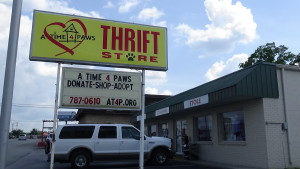
The group also manages a thrift store at 1201 West Ave. Volunteers work Mondays through Saturdays from 9 a.m. to 5 p.m.
Another branch of AT4P’s ventures is the pet hotel at 2149 E. First St. Teresa Williams helped open the hotel in 2009, and said, “Profits go to help AT4P and its programs.”
Williams is especially qualified to manage the hotel with her background in dog training and with a degree in business. She has shown agility dogs and horses throughout the U.S. and Europe for many years and is certified in canine and equine massage therapy. She also maintains a dog training business called Winning Touch.
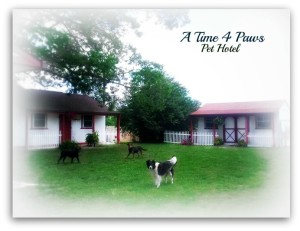
Williams said, “We built three cottages with no more than eight to nine dogs per cottage. Smaller dogs were setup in the house. Lots of playtime makes for the tranquil atmosphere. We don’t get the barking that goes on in most kennels. We also board cats.”
What is in the future for A Time 4 Paws?
McMeekin has been planning to build an animal sanctuary for Cumberland County since she started the organization.
“People don’t realize that, when they say their son or daughter is going to take care of [their pet] when they’re gone, the situation they may be in at that time does not award them the ability to take that animal,” said McMeekin. “And so what do they have? They don’t have a choice. Well, they do have a choice with us, but they don’t have a choice at the county shelter. It could be killed, and, if it’s a cat, it’s probably going to be killed for sure. So what we’d like to be is the alternative.”
The AT4P adoption center would be located on the property; however, the sanctuary would mainly be a special home for animals with special needs. To help alleviate the number of animals killed in the county shelter, the group would have special treatment areas for sick animals and space for elderly dogs and cats and for those who need more socializing before being listed as adoptable.
As a 501(c)(3) non-profit organization, A Time 4 Paws depends on community support for financial help and for supplies. Those interested in donating will find more information on the Pinterest board below.
Follow Diahan’s board Saving Animals with the No Kill Philosophy on Pinterest.
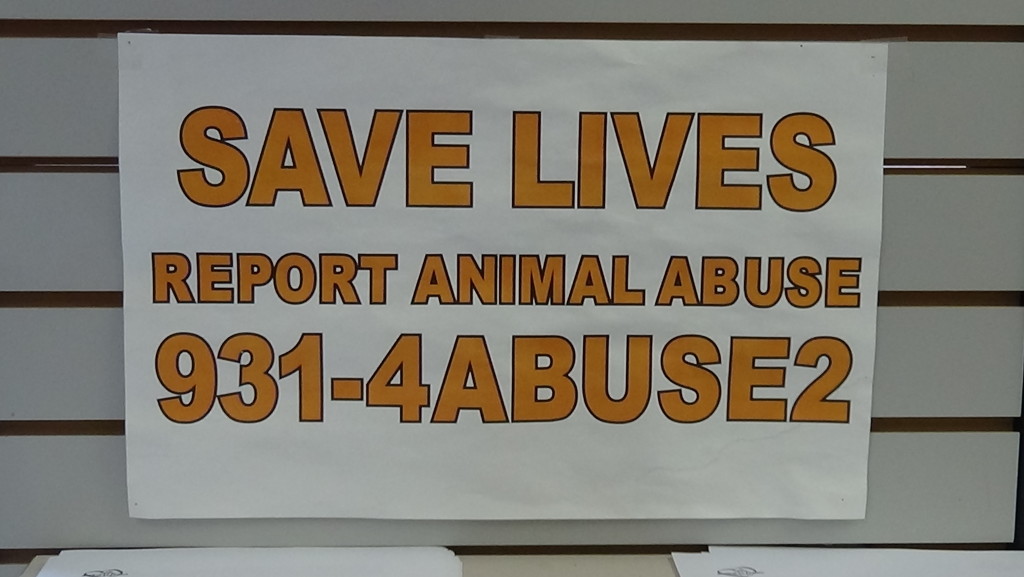
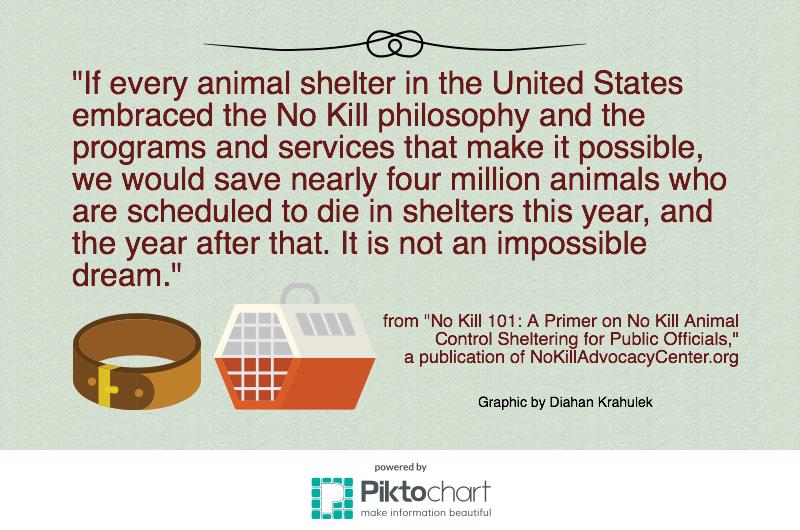
I remebmer that I remebmer that when Stray mom cat was killed by car and there are two kittens went up to my sister and We have them for 5 weeks to find them a good home so we did! With a good help of Two kittens’s new owner. He paid everything food and milks etc, for two kittens to thrive. they was only 4 week old. Sad. I think they may remebmer of their mom car run over. my sister saw body of it. i wasnt there. she told me . It was very nice for her to bought them in home.